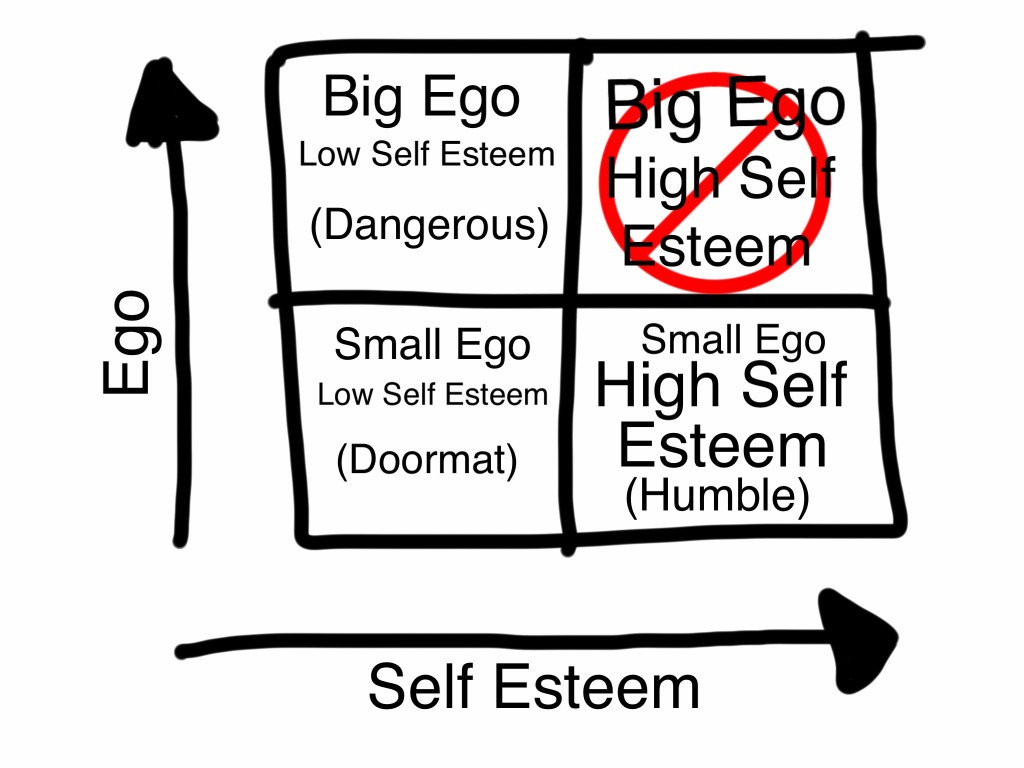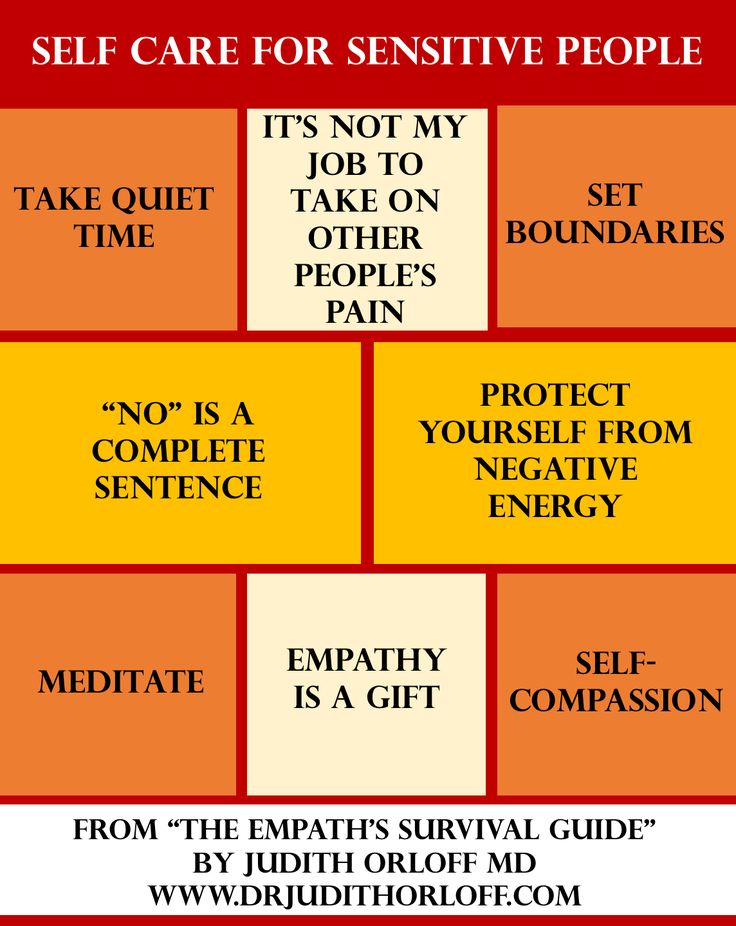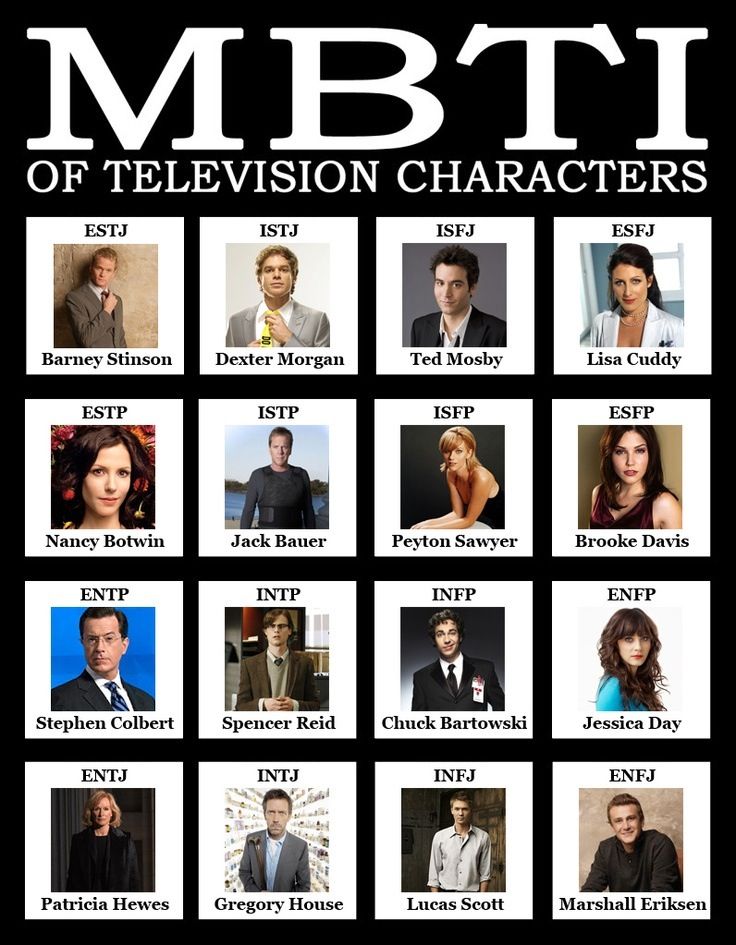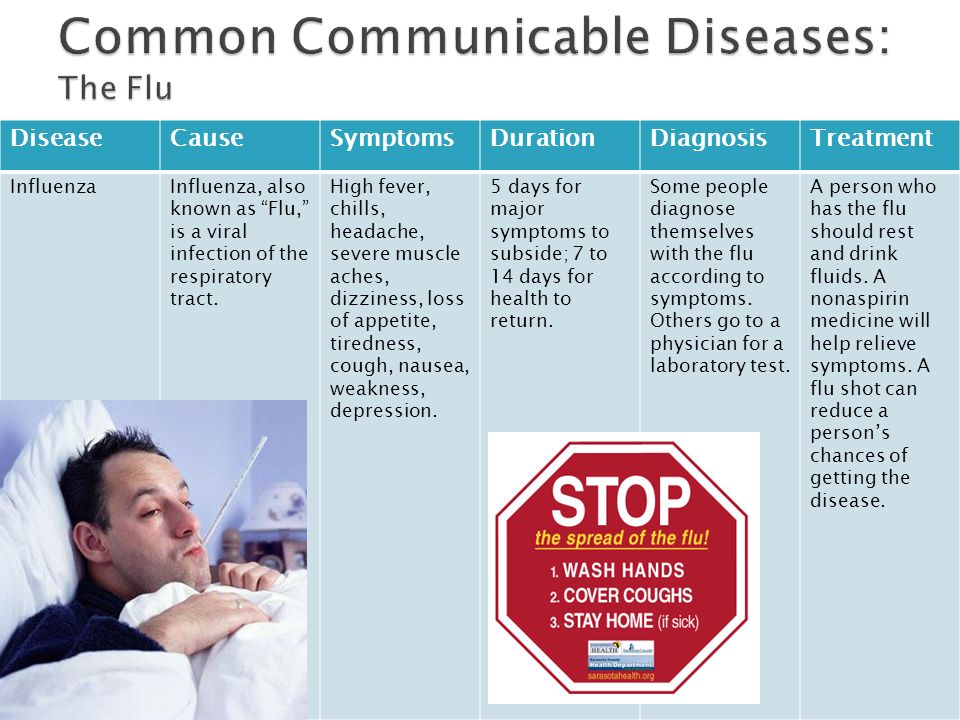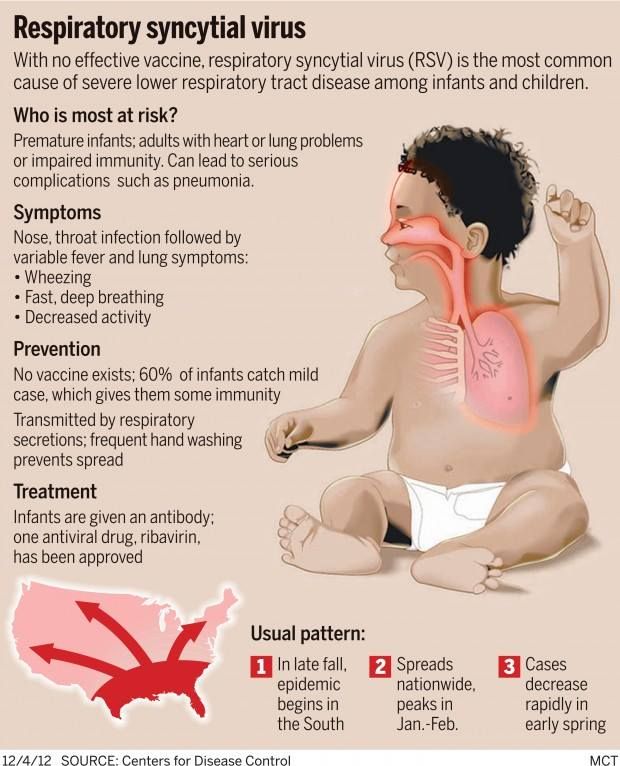Definition of developmental domains
Domains of Development - Human Development
Domains of Development
Human development is comprised of four major domains: physical development, cognitive development, social-emotional development, and language development. Each domain, while unique in it's own, has much overlap with all other domains. It is important to understand these concepts, because everything related to human development can be traced back to these four domains.
Physical Development
Physical development is defined as the biological changes that occur in the body and brain, including changes in size and strength, integration of sensory and motor activities, and development of fine and gross motor skills.
Physical development in children follows a directional pattern. Muscles in the body's core, legs and arms develop before those in the fingers and hands. Children learn how to perform gross (or large) motor skills such as walking before they learn to perform fine (or small) motor skills such as drawing. Muscles located at the core of the body become stronger and develop sooner than those in the feet and hands. Physical development goes from the head to the toes.
As kids enter the preschool years, their diets become much more similar to that of adults. Eating a variety of foods is also important to ensure that kids get the nutrients that they need for healthy physical development. Instead of allowing children to fill up on juice and milk, experts recommend limiting the intake of such drinks. If a child is filling up on juice and milk, then they are probably missing out on eating other foods.
Cognitive Development
Cognitive development is defined as the changes in the way we think, understand, and reason about the world.
As mentioned under the Roles of the Theorists tab Jean Piaget developed great theories regarding the cognitive development of children. Piaget's stages of cognitive development illustrates a child's growth.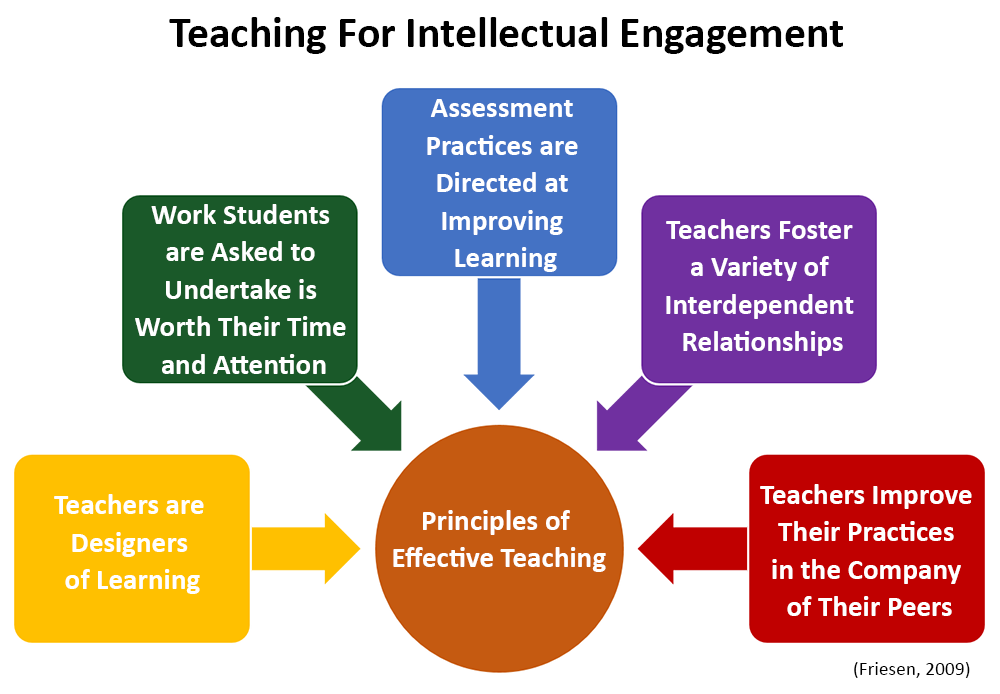
Stages of Cognitive Development
Social-emotional Development
Social-emotional development is defined as the changes in the ways we connect to other individuals and express and understand emotions.
The core features of emotional development include the ability of a child to identify and understand their own feelings, to accurately read and comprehend emotional states of others, to manage strong emotions and their expression in a beneficial manner, to regulate their own behavior, to develop empathy for others, and to establish and maintain relationships.
Healthy social-emotional development for infants and toddlers develops in an interpersonal context, specifically that of positive ongoing relationships with familiar and nurturing adults. Emotion and cognition work together, informing the child’s impressions of situations and influencing behavior.
Children will experience a range of emotional and cognitive development related to interactions and relationships with adults and peers, identity of self, recognition of ability, emotional expression, emotional control, impulse control, and social understanding.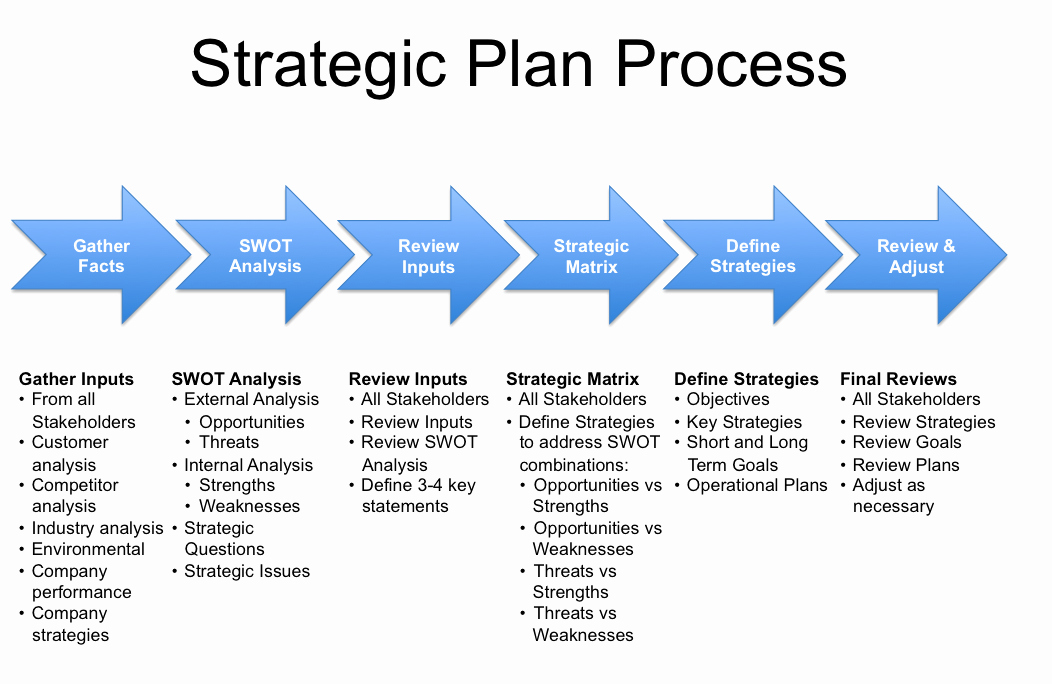
Below is a video explaining the social and emotional development a child should experience from birth through childhood.
Language Development
Infants understand words before they can say. In other words, comprehension precedes production of language. Children differ enormously in the rate at which they develop language.
The four different aspects of language include all of the following; phonology - the sounds that make up the language, syntax - the grammar of the language, semantics - the meanings of words, and pragmatics - how we use language in social situations to communicate.
Two areas of the brain are particularly important for language development and use: Broca's area is important for the production of speech, and Wernicke's area is important for understanding and making sense out of speech.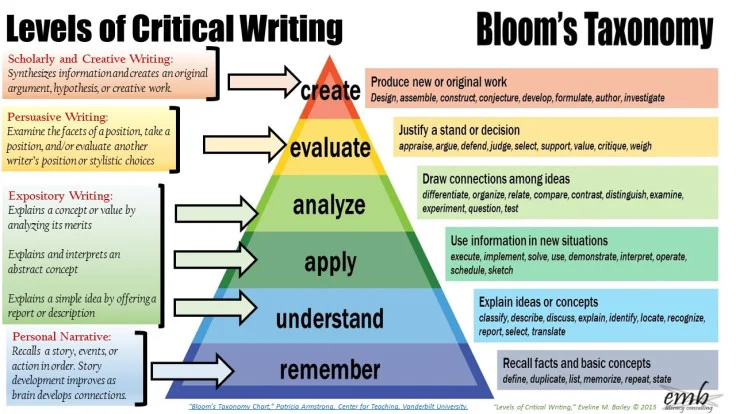
Children move through stages of language development, but there is a good deal of variability from child to child in the age at which each stage appears. Before they are able to use words, infants communicate by crying, cooing, babbling, and gesturing. Infants and toddlers begin verbalizing by using one word at a time and then create primitive sentences when they put two words together. When children make sentences that contain only the essential words this is called telegraphic speech. Fast mapping allows children to add words to rapidly to their vocabulary.
Below is a video demonstrating the four stages of language development
Developmental domains - Infants & Toddlers
What are the developmental domains?
Each of the different developmental domains consists of a somewhat arbitrary grouping of related skills and behaviours. Each grouping or
domain represents one specific aspect of a child’s overall development.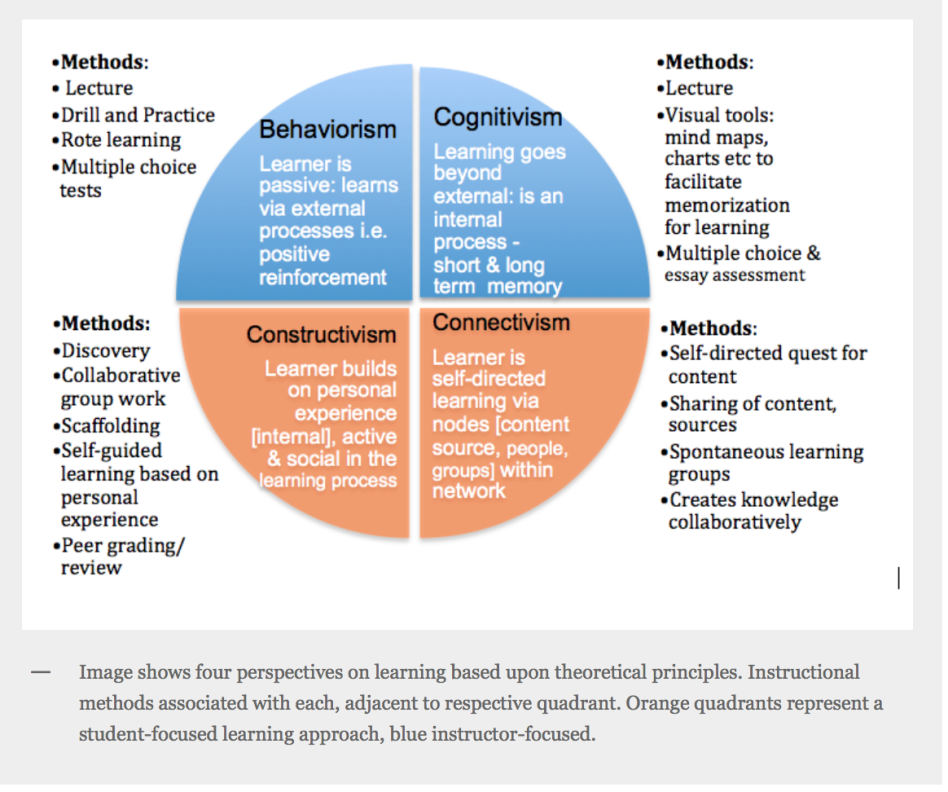
It is important to keep in mind that there is often considerable overlap between the different domains. Most behaviours and skills could easily be classified under more than one domain. However, using the domains can help educators organize their thoughts and observations.
Although many different systems exist for dividing development into different domains, for the purposes of this website, we will refer to six domains. They are:
- Physical Domain
- Behaviours involving the body
- Can be grouped into gross-motor (large muscles) and fine-motor (small muscles) behaviours, as well as sensory skills (hearing, seeing, tasting, smelling, touching)
- Language Domain
- Behaviours involving communication
- Listening, talking, literacy skills (reading, writing, comprehension, expression), as well as non-verbal communication skills
- Aesthetic Domain
- Skills and behaviours used to perceive and evaluate beauty, both in the natural world and man-made objects
- How individuals respond to beauty and express their own inspirations through drawing, painting, dance, song, poetry, sculpture, movement, stories, etc.
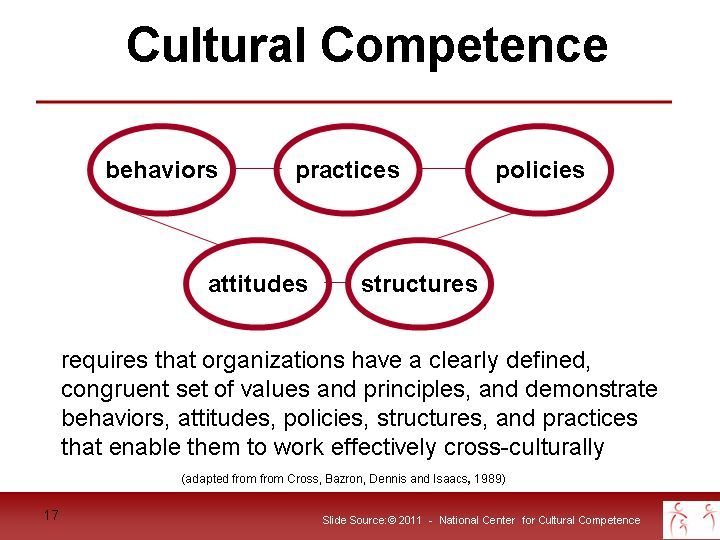
- Cognitive Domain
- Skills used to know, learn and understand
- Emotional Domain
- The inner life of the child: feelings and emotions, fears, joys, etc.
- Important elements of the emotional domain include self-concept, self-esteem and autonomy
- Social Domain
- Behaviours and skills used to establish and maintain relationships with others
Why do early childhood educators use the developmental domains?
Early childhood educators use the developmental domains as a kind of shorthand when considering the different aspects of each child’s overall development.
By grouping related behaviours and skills into domains, educators can more easily zero in on a specific area of a child’s growth and learning.
By organizing and tracking their observations using the developmental domains, educators can ensure that they are gathering data from each of these domains, thus creating a sampling of observations that represents the whole child.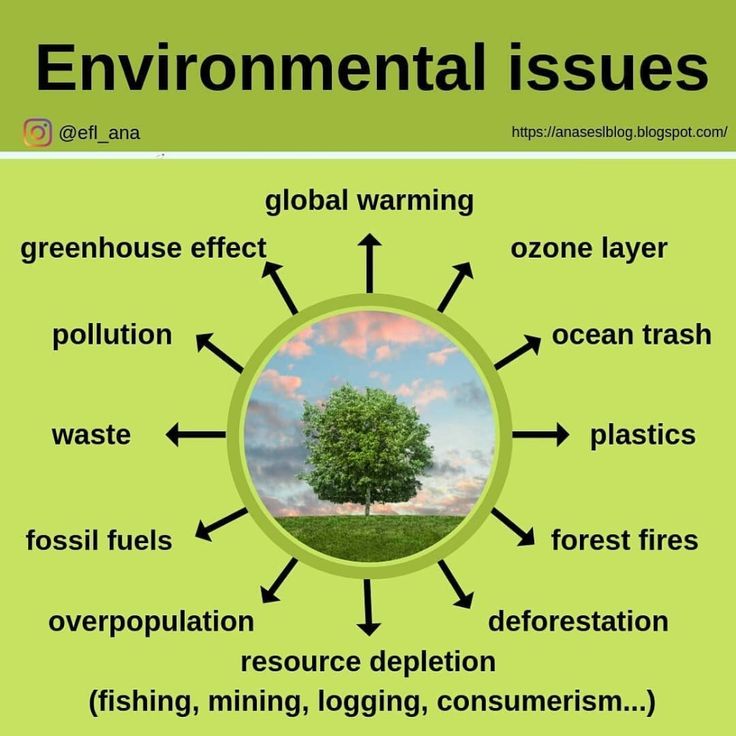
How do early childhood educators use the developmental domains?
There are many different ways that educators can use the domains in their observations. For example, many checklists are organized using the domains. These developmental checklists are divided into different sections where specific skills from each domain are grouped together.
Click here to see more information about checklists. Once the checklist is complete, the educator can be sure that she has gathered data that represents each significant aspect of a child’s overall development.
Educators may also use the developmental domains when recording their observations using more qualitative methods, like running records and anecdotal records. For example, many educators indicate which domain(s) they think are most relevant to the “story” being recorded at the top or on the side of each record. Educators then use this information to track which domains they have “covered” for each child.
Example of an anecdotal record with domains at the top
In this example, the observer has identified the cognitive and language domains as being most relevant to the particular anecdote being recorded. This information is clearly indicated under a separate heading at the top of the anecdote.
Date: October 10, 2011
Domain(s): Cognitive, Language
Anecdote: Caitlyn sat on the big white chair looking at a board book. She pointed to a picture of a train, and chirped, “Choo choo!”
Example of a running record with domains on the side
In this example, the observer has added a quick note about which domain and specific skill is being observed at certain points in the observation.
| Observation | Domain |
|---|---|
| Annette kneels down next to Maya and begins wiping her face with a wet cloth. | Emotional Domain (autonomy) |
| Annette asks, “You wanna do it?” Maya starts wiping her mouth and tongue, clutching the cloth tightly in both hands. | Language domain (comprehension) Physical domain (hand-eye coordination) |
| Annette smiles, claps her hands together and exclaims, “OK! Good job!” Annette reaches out and begins to lift Maya’s bib over her head. Maya transfers the wet cloth to her right hand, then, as the bib is lifted up and over her head, grabs it with both hands again. She wipes the cloth across her cheek and mouth, then vigorously swipes at her tongue four times. | Physical domain (fine-motor control) |
Click here for exercises to help explore the different developmental domains.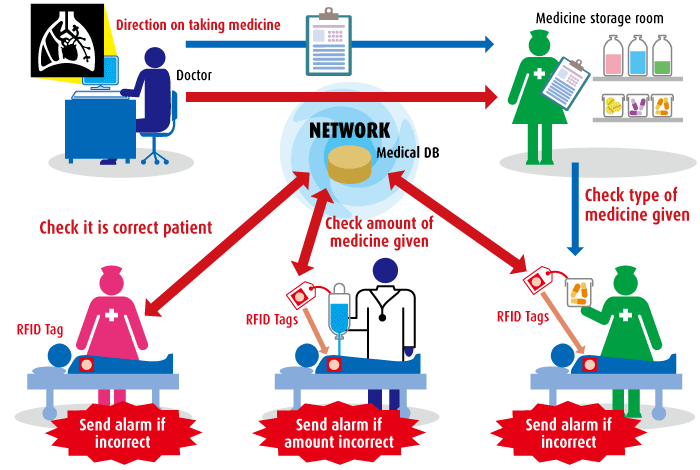
What is a domain and how does the site name affect promotion
A domain, or domain name, is a human-readable symbolic analogue of a site's IP address. For example: kokoc.com and 206.188.192.188 are the same address of our site. But the first version of the domain is written in letters and is intended for people, and the second is listed as a technical IP address.
From a technical point of view, a domain name is an entry in a database that a computer “sees” and transmits to a person the name of the corresponding site. From the user's point of view, you can compare a domain name and an IP address with entries in a phone book: it is easier for a person to remember and identify "Oleg, massage" or "Olga, apartment cleaning" than phone numbers.
Join our Telegram channel!
- Now you can read the latest news from the world of Internet marketing in the Telegram messenger on your mobile phone.
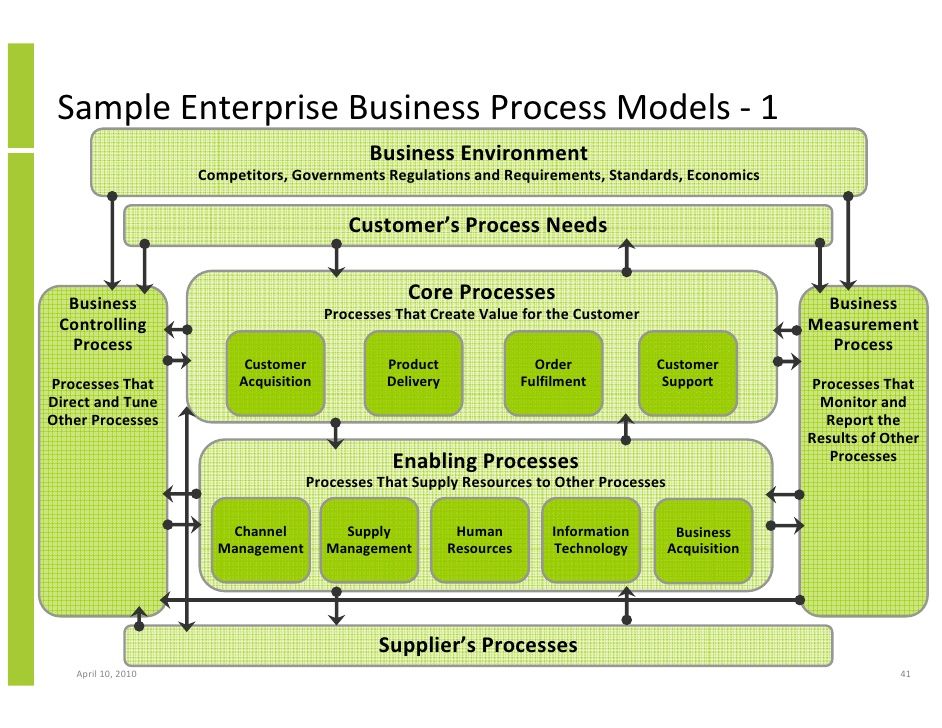
- To do this, you need to subscribe to our channel.
Domain structure
The domain structure consists of a domain zone, a domain and (optionally) a subdomain:
This is how the general structure of the domain
looks like We are used to reading from left to right, but from a hierarchical point of view, a domain name is read the other way around, from right to left. The most important and first thing is the zone, or what is in the domain name after the last dot. Zones are registered by the international organization ICANN, which contains a complete register of registered zones.
All domain zones are divided into two main types:
- national/geographic;
- thematic.
National zones, or first-level domains, are two-letter zones denoting the international code of a country or groupings of countries. For Russia, the main national zone is . ru, for Germany - .de, for Israel - .il, for Belarus - .by, for the European Union - .eu.
ru, for Germany - .de, for Israel - .il, for Belarus - .by, for the European Union - .eu.
The one to the right of the last dot is called the domain zone
The choice of a domain name in the national zone has a positive effect on the ranking of the site. So, in Russia, among sites of the same subject from two domains - tematika.ru and tematika.by, it will be better to rank and stand higher in the search results of tematika.ru, and in Belarus - tematika.by.
Read also:
Google and Yandex ranking factors: what is it and how does it work
Thematic domain zones are zones that indicate that a site belongs to a specific topic. In the .gov zone, government resources are usually registered, the .online zone is used by Internet projects, the most popular .com zone in the world denotes any commercial sites.
To the left of the last dot, before specifying the zone, is the parent domain, which is also a second-level domain. This is a unique combination of symbols for the selected zone - letters, numbers, signs "." and "-". It is on the choice of this combination that work is mainly being done when the task is “we need to come up with a name for the site”.
This is a unique combination of symbols for the selected zone - letters, numbers, signs "." and "-". It is on the choice of this combination that work is mainly being done when the task is “we need to come up with a name for the site”.
The second-level domain is the main component in the site name
To the left of the second-level domain, there may be subdomains. The owner of a second-level domain has the right to create an unlimited number of subdomains - for example, if his business develops in different areas.
The Sberbank ecosystem today includes 18 subdomains
Technical requirements for domains
In order for a second-level domain to be registered, it must meet a number of requirements. In the .rf and .ru zones, these are:
- Length - minimum 2, maximum 63 characters. The shorter the domain name, the easier it is for a person to remember, which is why companies tend to choose short domains. But in the most popular zones, sonorous catchy short domains are either occupied or sold very expensive, so in fact, choosing a name shorter than 5 characters will not work.

- Letters - in all zones they use Latin letters, in the .rf zone - the Cyrillic alphabet familiar to us, with the exception of the letter ё. DNS servers that read domain names are not case sensitive. Traditionally, domain names are written in lowercase letters.
- Numbers - Arabic numerals are used in domains.
- Additional characters are "." and "-". Symbol "." used ONLY as a separator between subdomain, domain and domain zone. The "-" character is used inside the name, but cannot be duplicated - the "--" option is not allowed, as is the use of a hyphen as the first character in the name.
In other domain zones, owners may set other requirements. For example, there are zones where the allowable length of a domain name reaches 127 characters, but this makes little practical sense.
How to choose the right domain name
In order for a business to develop successfully, it is important to choose the right domain name.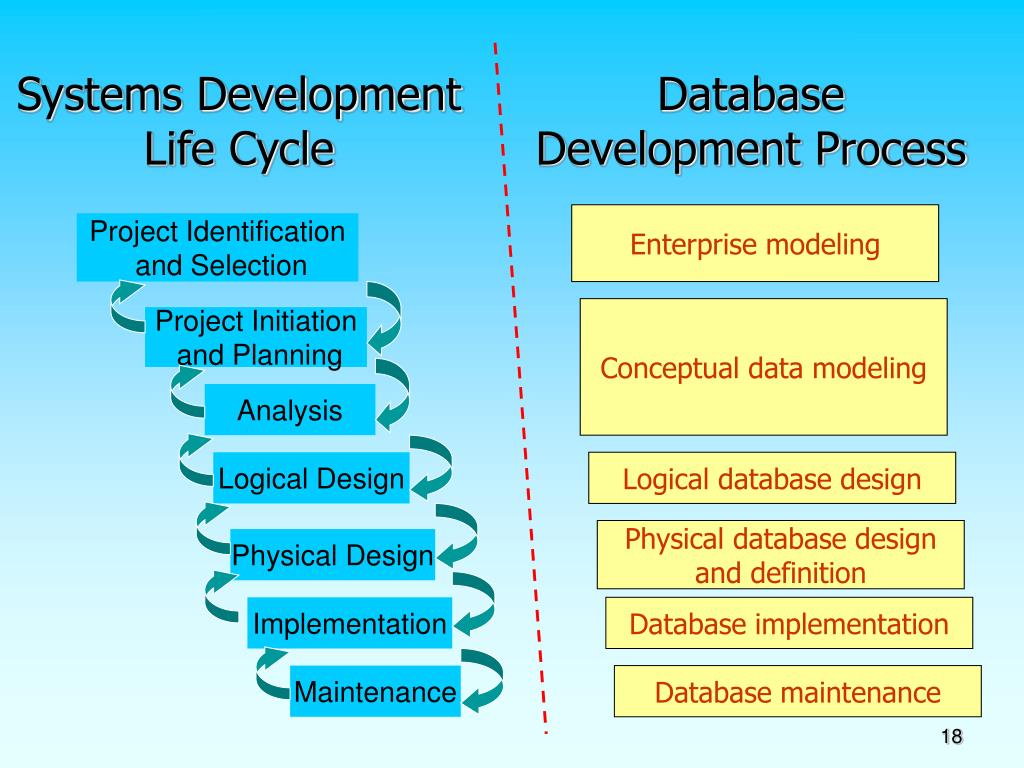 It is not enough that the name complies with the rules of the registrar and is unique. For example, the domain name glavroptsnabsbytreconstrykcia.ru is unlikely to lead to success, although it is possible to register it. We have formulated 5 rules that can guide you when choosing a good name.
It is not enough that the name complies with the rules of the registrar and is unique. For example, the domain name glavroptsnabsbytreconstrykcia.ru is unlikely to lead to success, although it is possible to register it. We have formulated 5 rules that can guide you when choosing a good name.
- A domain name is simple in spelling and perception. As a rule, logical and easy-to-pronounce domain names are easy to understand. They don't have to be short. The “let's-together.rf” domain is easier to remember and write down than “rvksn.rf” or “rvksn.ru”. Choose domain names that are easy to read and write.
- The domain name is relevant to the topic. Topics can be specified directly or associatively. The name "cut-diamonds.rf" or "57-facets.rf" carries more semantic load than the domain name "how-beautifully-everything-glistens.rf"
- The domain name is similar to the company name. If a company has existed for a long time, the brand is well-known, but it still hasn’t had a website, it’s rational to link the domain name to the name.
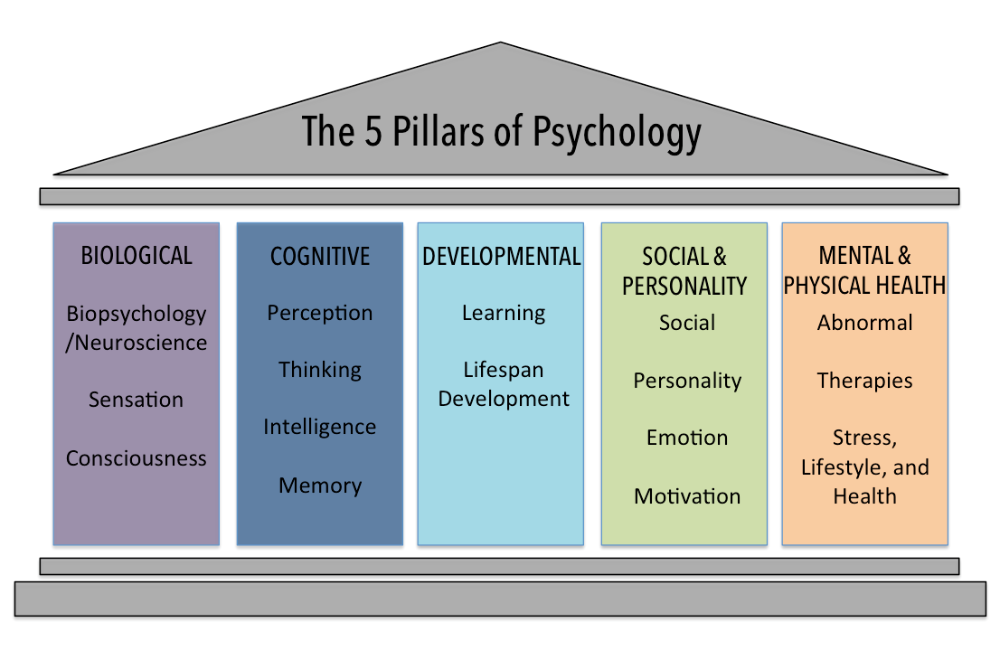 This can be done by adding prefixes or additional explanatory words if the name itself in the selected zone is already taken. It is easier for customers of the 100 Foods company to remember the name of the site "100-foodov-online.ru" or "pro100-foodov.ru" than the name "mnogovkusnogozdes.ru"
This can be done by adding prefixes or additional explanatory words if the name itself in the selected zone is already taken. It is easier for customers of the 100 Foods company to remember the name of the site "100-foodov-online.ru" or "pro100-foodov.ru" than the name "mnogovkusnogozdes.ru" - The domain name is geo-referenced. The rule is suitable for local businesses — websites of beauty salons, kindergartens, medical centers, offline stores, cafes. The names “shop-tiles-elektrostal.rf” or “optika-zelenograd.ru” directly indicate the geography of the business, cutting off the non-target audience and helping the user to better navigate the search results. As well as the digital indication of the region - for example, the domain name "magazin-plitki63" points to the Samara region.
- There are no complex and ambiguous letters in the domain name. Often transliteration (writing in Latin characters) of the words of the Russian language is used as a domain name.
 But if these words contain the letters zh, ch, u, then in transliteration it will look like this: “zh”, “ch”, “shch” - it is extremely inconvenient to write and remember. Questions also arise with letters that allow ambiguous transliteration - for example, the Russian letter "i" can be written in Latin both as "i" and as "y", and in some cases as "e". The use of such letters should be avoided whenever possible.
But if these words contain the letters zh, ch, u, then in transliteration it will look like this: “zh”, “ch”, “shch” - it is extremely inconvenient to write and remember. Questions also arise with letters that allow ambiguous transliteration - for example, the Russian letter "i" can be written in Latin both as "i" and as "y", and in some cases as "e". The use of such letters should be avoided whenever possible.
How a domain name affects the search engine promotion of a site
If it is possible to include a search query on the topic of the site or part of it in the domain name, this will positively affect the positions in the search results and increase the site's click-through rate. For example, for the query "wooden houses" on the first page of the issue is the site "izderevadom.ru".
In the title, we see part of the key query, and this is the best option.
If you take a popular search query in your topic and use it in full - for example, "cheap-wooden-houses-turnkey-buy. rf", Yandex and Google will consider such a domain name as spam, and it will lose positions in search results.
rf", Yandex and Google will consider such a domain name as spam, and it will lose positions in search results.
Read also:
Differences between SEO for Yandex and Google
If the company operates in a specific city or region, it is desirable to indicate a geo-reference in the domain name. For example, in response to the query "wooden houses bryansk", 4 sites with geo-referenced in the domain name entered the top search results.
All four sites from organic results contain a geo-reference in the name
Why check the domain history
Buying a domain is actually a lease. Typically, the site domain is rented for a year, after this period, you can renew the use after making a payment. If the lease is no longer renewed, the domain becomes available for registration again. But its history remains, and it may contain:
- Facts of pessimization / falling under the filters of search engines.
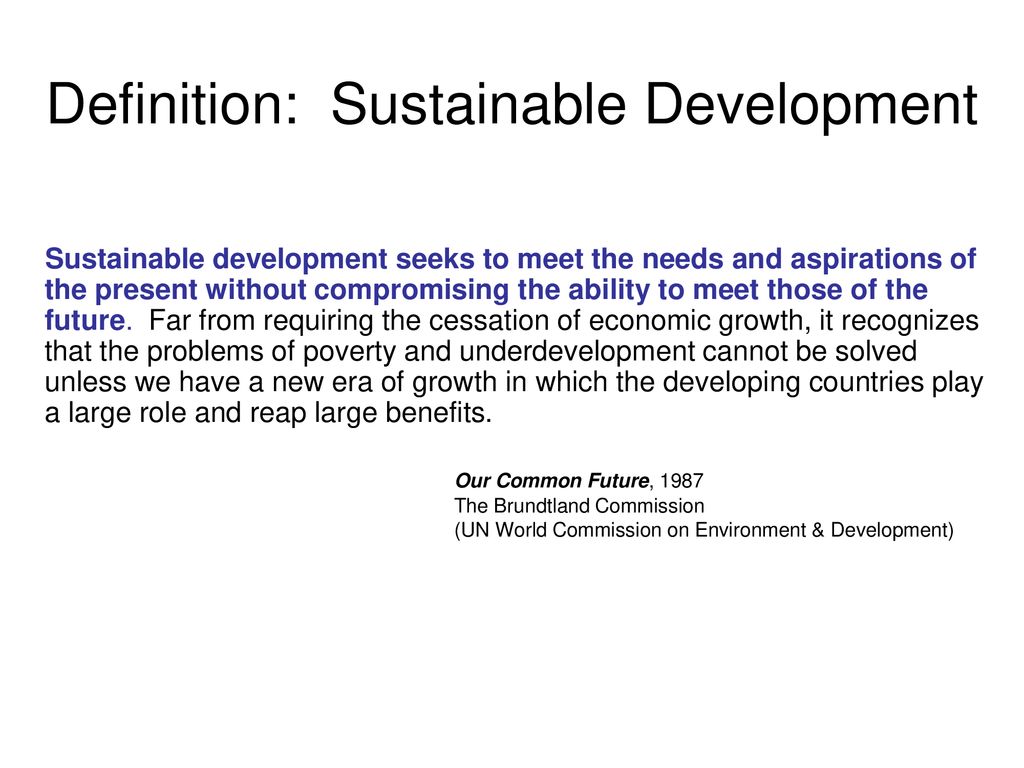 Such domains are more difficult to promote, as search engines "remember" that there were claims against it.
Such domains are more difficult to promote, as search engines "remember" that there were claims against it. - Use in dubious subject matter. For example, when choosing a domain name to sell children's products, there is theoretically a chance to use the domain that used to host a website selling adult sex toys. Such historical baggage will harm the reputation of the company.
Anyone can check the history of a domain: for example, through web archives. If the site during its existence did not fall under any filters and sanctions of search engines, a large age of the domain will be a plus. Since the first indexing of this domain, it has already gained the trust of search engines, and its prospects of being in high positions in search results are greater than that of a newly registered domain.
How to register a domain
After choosing a domain, you need to register it - how to do it?
Step 1. Go to the site of any registrar and check the uniqueness of the selected domain name - its availability for registration.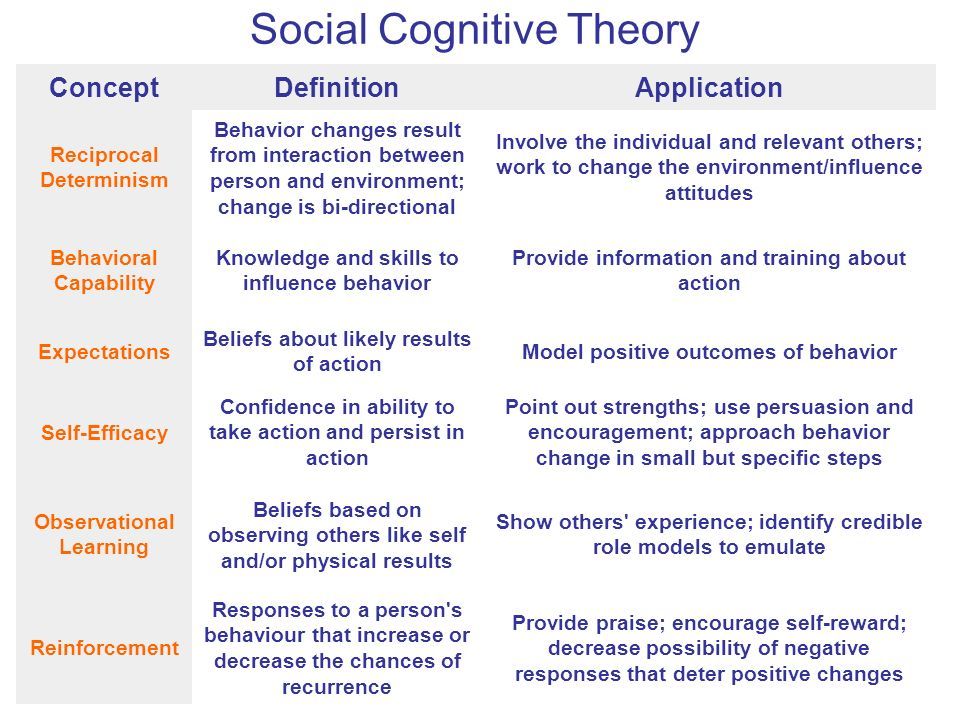
Enter the selected name in the search box, and the system will show all available zones in which it can be registered.
In the example, the .ru zone is occupied, but you can register a domain in the .com zone
Step 2. Register on the registrar's website if you have not used its services before.
Just follow the prompts of the system
Step 3. Select all the services you need from those offered by the registrar.
Registrars offer many services, choose only what you need
Step 4. Enter your contact details and pay the bill.
The domain is now leased and you can use it.
Drawing conclusions
When choosing a domain name, remember:
- It should either be derived from your brand, or in some way indicate the scope of the company.
- The domain must be unambiguous to understand and easy to write, read and listen to.
- It must be registered in the zone that is best ranked by search engines, taking into account the geography of your business.
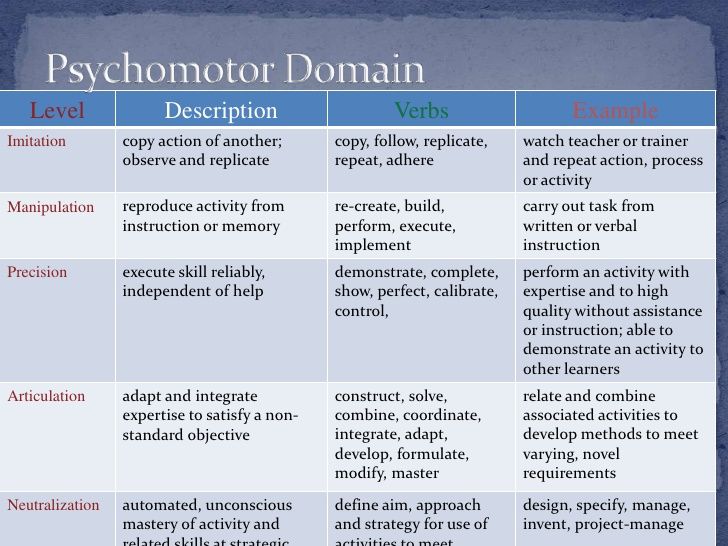
The right, simple, descriptive domain name can be a big plus for your site's search engine promotion, while a rash choice can slow it down.
Website promotion
- Any format of cooperation: positions, leads, traffic.
- We select requests that bring real buyers!
what is it on the Internet, characteristics, structure and examples of a domain name
A domain is a unique name for a site. It appears in the browser's address bar when the user opens the page. In the article we will tell you why you need a domain and how to get it.
Why a domain is needed
In order for the user to get to the desired site, each resource on the Internet is assigned an IP address. It looks like a long string of numbers and is awkward to type. A regular user will not be able to find a site by IP address, so resource owners use a domain - this is a readable address.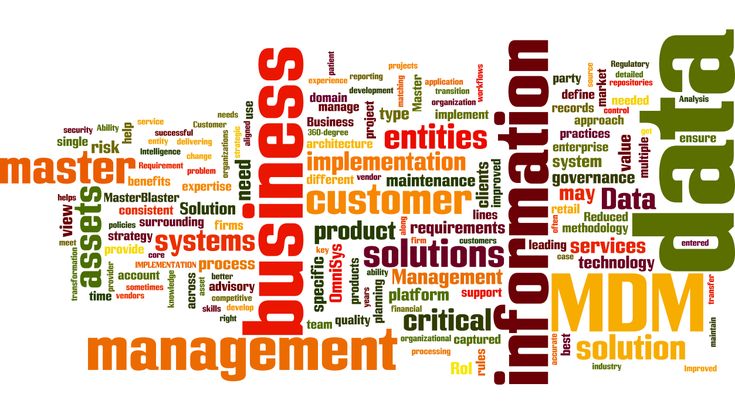 As a rule, it contains the name of the resource or a concept that is close in meaning in order to quickly find the site through the address bar - for example, gosuslgi.ru.
As a rule, it contains the name of the resource or a concept that is close in meaning in order to quickly find the site through the address bar - for example, gosuslgi.ru.
What a domain consists of
The domain name of a site consists of at least two parts separated by a dot: the domain zone and the main domain. Sometimes, if you need to separate a section from the main site, they make up subdomains.
The domain hierarchy is built from right to left: from the domain zone to the subdomain. For example, the "secrets.tinkoff.ru" domain has three elements: the ".ru" domain zone, the "tinkoff" domain, and the "secrets" subdomain.
Loading...
Domain zone and main domain are required, but subdomain is notDomain zone. Indicates that the site belongs to a specific region or topic. It consists of a dot and several letters. For example, ".ru" means that the site is Russian, and ".museum" means that the site belongs to the museum.
Main domain.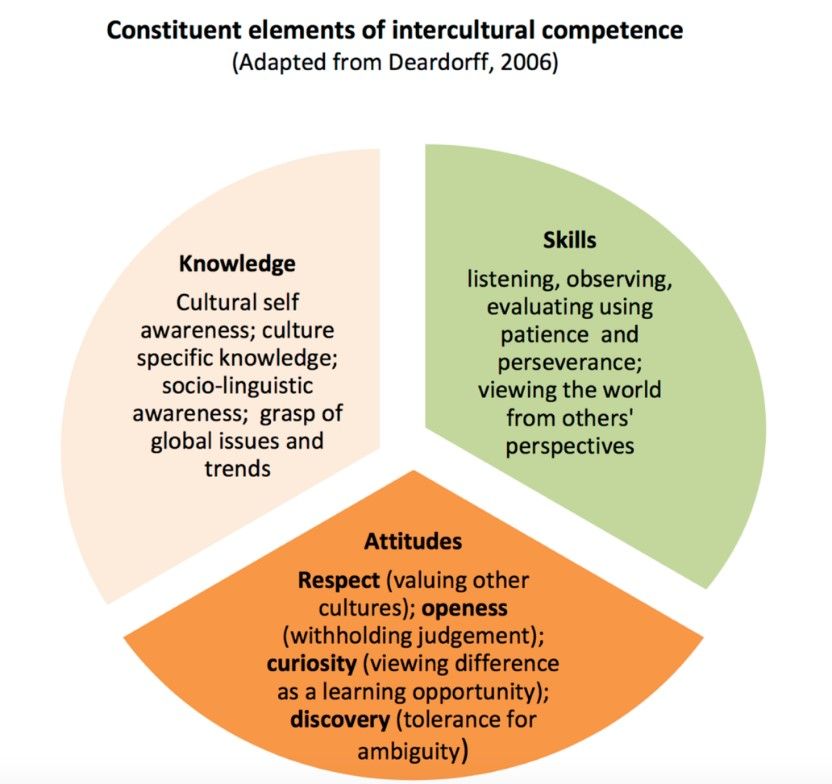 This is the site name, or domain name. For example, in the address of the public services portal "gosuslugi.ru", the main domain will be the word "gosuslugi".
This is the site name, or domain name. For example, in the address of the public services portal "gosuslugi.ru", the main domain will be the word "gosuslugi".
Subdomain. This is a prefix to the main name that specifies the address. For example, the service “Personal account of an individual entrepreneur” will have “lkip2.nalog.ru” in the address bar. The "lkip2" subdomain contains the abbreviation of the desired page. The maximum possible number of subdomains is 127. At the same time, one subdomain cannot be longer than 63 characters, and all subdomains in total, together with the main domain and domain zone, must fit into 255 characters. That is, if you have created 10 subdomains and they consist of 255 characters in total, you will not be able to create a name: the domain name and zone must be required, and the limit has already been reached. These values may differ depending on the domain zone.
What are the domain zones
A domain zone is chosen when registering a domain.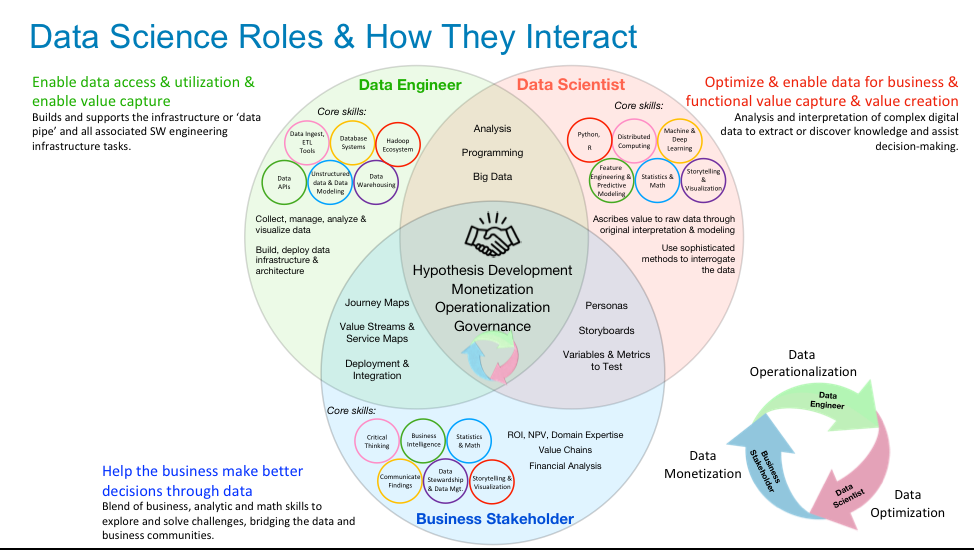 The user can come up with the name of the site and subdomain, but the domain zone is chosen from the existing ones. Their list is limited - in total there are about 500 domain zones on the Internet. They are divided into territorial and thematic.
The user can come up with the name of the site and subdomain, but the domain zone is chosen from the existing ones. Their list is limited - in total there are about 500 domain zones on the Internet. They are divided into territorial and thematic.
Territorial domain zone. The abbreviation after the period reflects the name of the country, city or region where the site's audience is located. For example, the domain zones of Russia - ".ru" or ".rf", Ukraine - ".ua", Kazakhstan - ".kz". If the business operates in only one region, you can choose a narrower, regional zone. For example, the domain zone for St. Petersburg is ".spb.ru", for the Republic of Adygea - ".adygeya.ru".
To register a domain, you need to consider its requirements. For example, for the ".ru" domain zone, there are three rules:
Registration information in the RF domain zone
- The length of the domain name must be from 2 to 63 characters.
- The domain consists of Latin letters, numbers and hyphens.
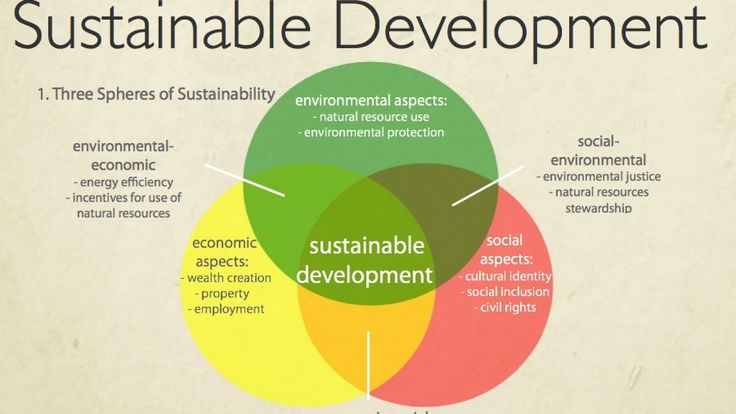
- A hyphen must not appear at the beginning or end of a domain.
The rules of the ".rf" zone are similar, but instead of Latin letters, Cyrillic characters must be used, including the letter "yo".
Based on the domain zone, the client can determine whether it is worth going to the site. Let's say he is from St. Petersburg and wants to order a smartphone. Two sites drop out in the search: with ".spb.ru" and ".com" domain zones. The ".com" zone is international, so, most likely, the order will have to wait a long time, it will be delivered from abroad. And the site from ".spb.ru" shows that the seller is located in St. Petersburg. So, you can get a smartphone faster.
Thematic domain zone. International thematic zones indicate the direction of activity: for example, ".biz" - business, ".agency" - agency, ".auto" - cars.
Based on the thematic area, the user concludes whether the site is suitable for him. For example, he wants to buy tickets directly from an airline. The ".aero" zone will indicate that the resource most likely matches his request.
The ".aero" zone will indicate that the resource most likely matches his request.
How to create a website that will help increase sales
Some thematic areas have special conditions. The ".agency" zone can be chosen by any companies and individuals. It is usually used by advertising agencies, media and real estate agencies, but nail studios and personal bloggers can too. To register in the ".aero" zone, you need to present to the registrar an ID of belonging to the Aviation Community. It can be obtained on the official website of the domain zone.
Request an Aviation Community ID
A list of requirements for each area can be found on the Registrar Company website.
How to get a domain
There are two ways to get a domain: register a new one or buy someone else's.
Register. You need to choose a name and send it to the registrar company. If the name is free, she will register it.
List of domain registrars
Buy.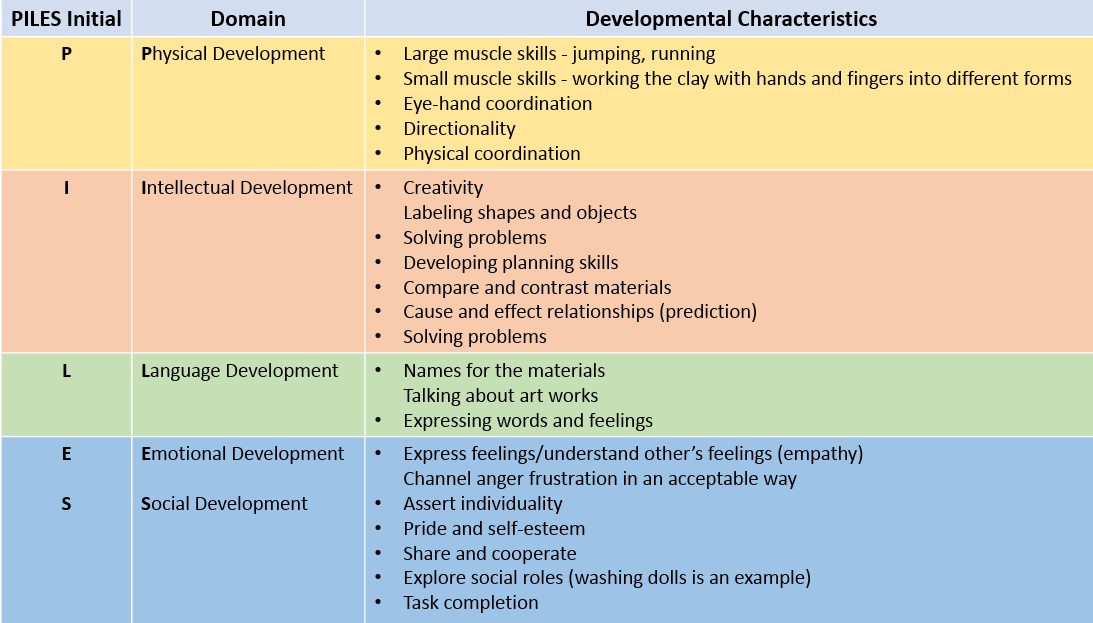 You can buy a domain from a registrar company or on special exchanges. On some hosting services that allow organizations and individuals to host a site on the Internet, there is a section called "domain names that are vacant". This means that the client did not renew the right to the name after the expiration of the contract and the domain will soon be put up for sale.
You can buy a domain from a registrar company or on special exchanges. On some hosting services that allow organizations and individuals to host a site on the Internet, there is a section called "domain names that are vacant". This means that the client did not renew the right to the name after the expiration of the contract and the domain will soon be put up for sale.
Domain Auction
Loading...
This section indicates when a domain name can become free. If it happened today, you can take the name for yourself, but if the deadline comes up in a few days, there are no guarantees: the owner can still have time to buy it backOld domains are bought for several reasons:
- It is believed that they are easier to bring to the top of search queries.
- TIC and PR have been assigned to the domain. These are indicators of trust from search engines. These indicators are not currently accrued, but website developers out of habit prefer such names.

- The name contains the necessary keywords that help promote the site in search engines.
Buying someone else's domains is not always safe. For example, search engine sanctions could be applied to the site. In order not to lose clients due to a domain's bad reputation, you can view its history in the domain verification service.
How to register a new domain
To register a domain, you need to choose a name and activate it on the registrar's website.
Domain Name Registrar
Select a domain name. A well-chosen domain is a tool that will help customers recognize a company and raise the site in search results. To make it easier for users to find the site, the domain name should not contain hard-to-pronounce words, a large number of numbers and complex abbreviations. There are a few more tricks:
- include the name of the brand or organization in the domain name;
- choose a unique name: similar names can confuse the client and direct him to a similar competitor's site;
- use a short name: it is easier to remember;
- Do not use Cyrillic letters that can be translated into Latin designations in different ways.
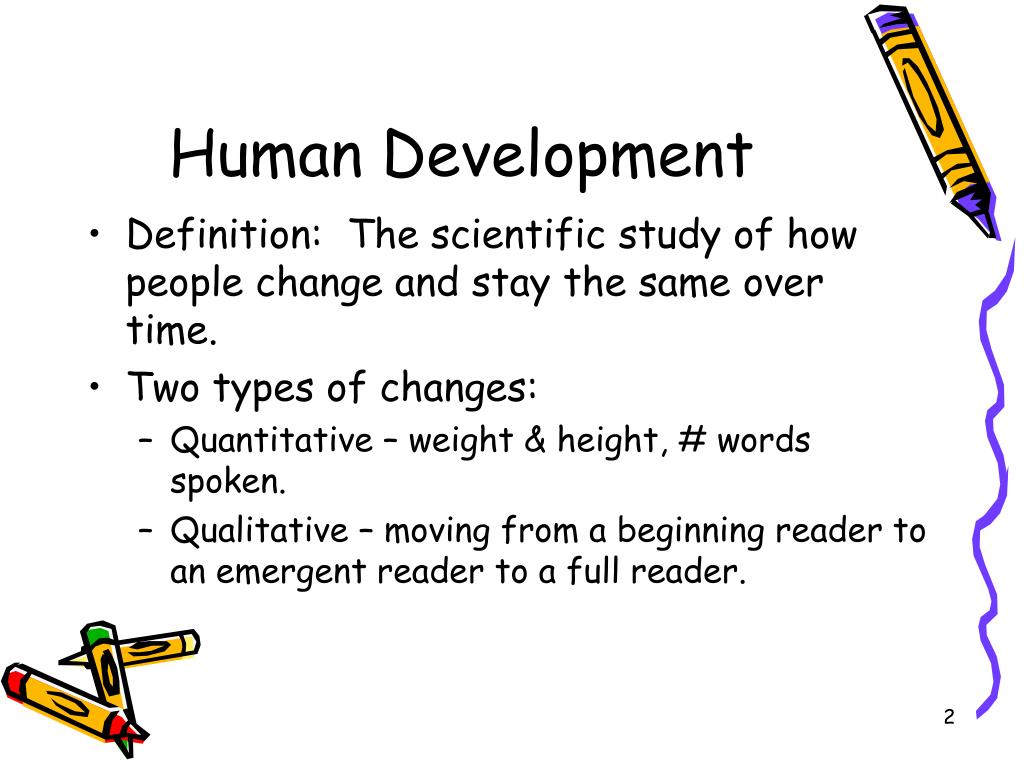 For example, "I" is "ya" or "ja".
For example, "I" is "ya" or "ja".
For many entrepreneurs, a website is the main source of income. In order not to lose the domain and avoid a conflict situation, you need to make sure that the name does not match someone else's trademark, and register it for yourself, and not for the administrator.
What to do if you receive a trademark infringement claim
Loading...
On the website of the registrar you can check if the domain name is freeAn example of a good domain is top-cvety.ru. The name reflects the activities of the company, it is easy to read and remember. Less successful - buketdlyatebya.ru. The phrase "a bouquet for you" is long, because of the continuous spelling and the letter "I" the name is hard to read - the domain is hard to remember.
Activate the domain. To use the chosen name, you need to go to the website of the registrar company and follow four steps:
- Enter the name and domain zone.
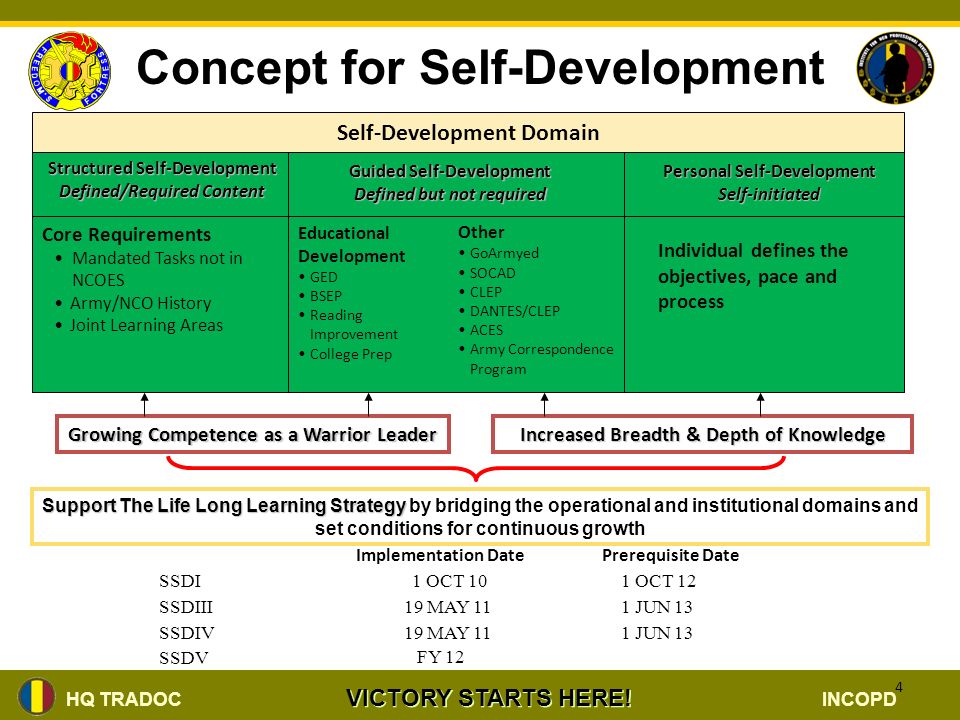
- Select additional features, such as purchasing an SSL certificate to secure the data that users enter on the site.
- Enter the buyer's personal data.
- Pay for a domain.
The domain is connected for a certain period, then it needs to be renewed: this can be done in your personal account on the registrar's website. A reminder letter is sent to the domain owner in advance. If you do not renew the domain on time, the registrar will block it and give the client 90 days to redeem with a fine. When the deadline is up, the name will become available for free sale - someone else can buy it.
Why hosting is needed and how to choose it
How to transfer a domain name
If the company is sold, the site is no longer needed or its owner quit, the domain name can be sold or re-registered to another owner. To do this, a name transfer agreement is drawn up for a new administrator. In the subject of the contract, you must specify:
- domain name;
- names of the former and new owners;
- places of registration of both owners;
- the date the name was transferred to the new administrator.

Learn more
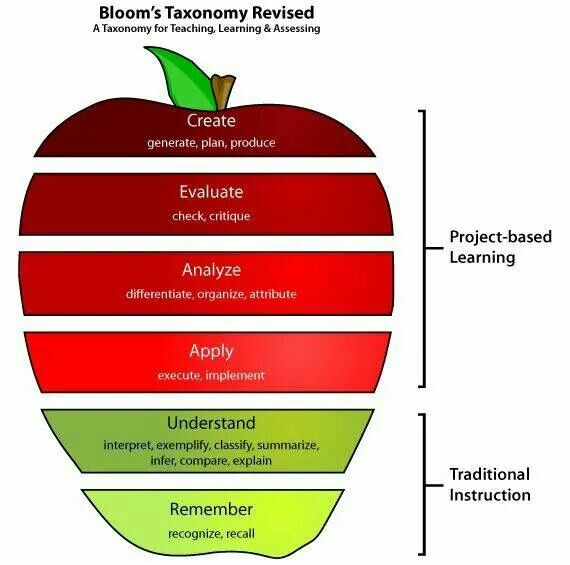 As Annette starts to wipe Maya’s right hand, Maya grabs the cloth with her left hand and yanks it away from Annette.
As Annette starts to wipe Maya’s right hand, Maya grabs the cloth with her left hand and yanks it away from Annette.
